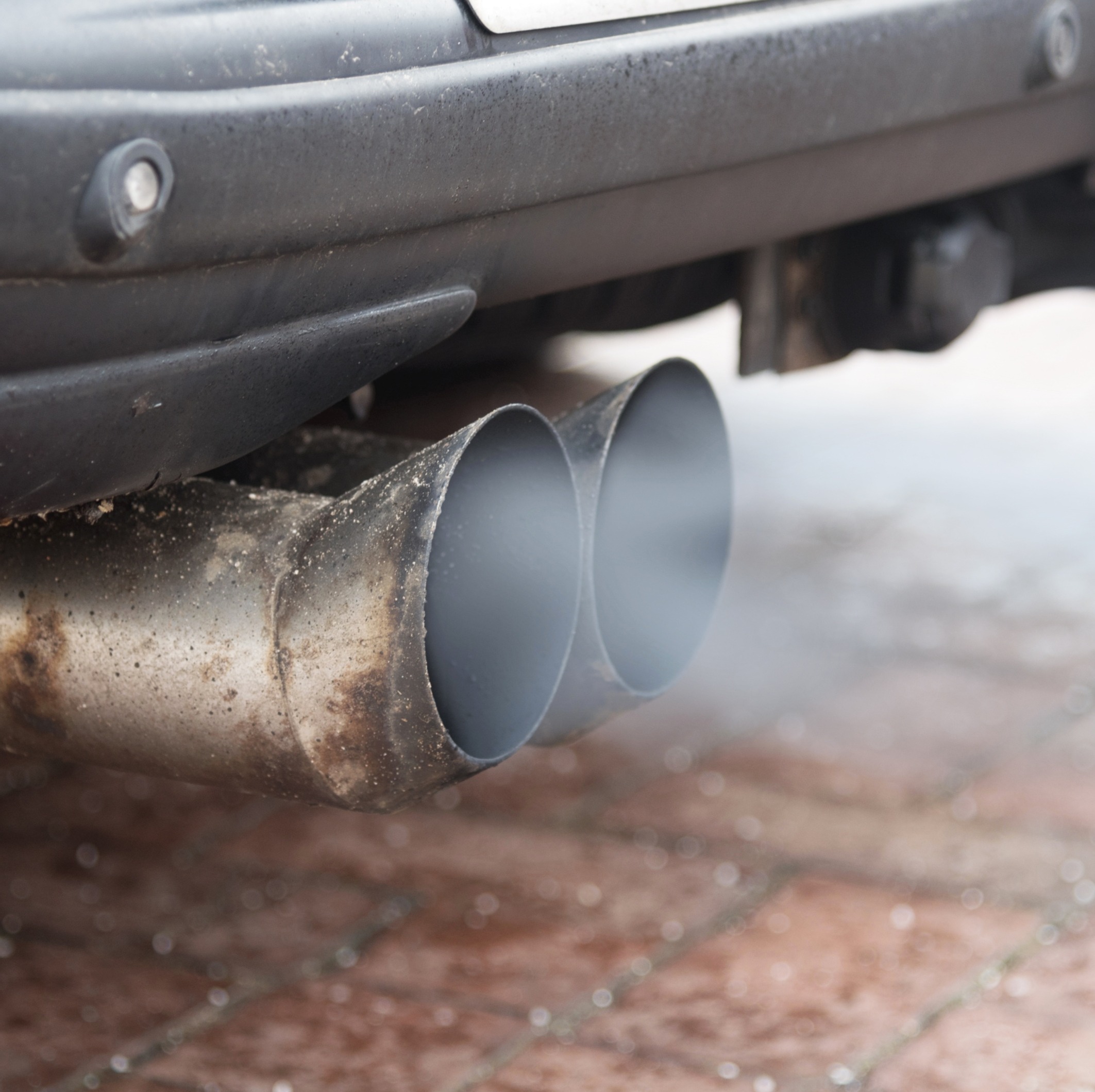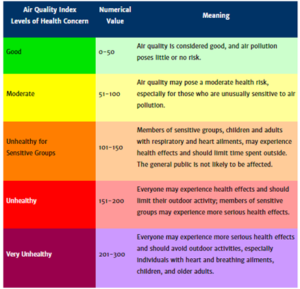
D.C.-Area Ozone Exceeds Healthy Levels for First Time This Year
As predicted, the air quality in the Washington region has fallen this week, marking the first “Code Orange” days of 2018.
Ozone levels exceeded EPA air quality standards Wednesday, and Thursday is expected to be a “Code Orange” day as well, according to data from the Metropolitan Washington Council of Governments (COG) and Clean Air Partners.
The unhealthy air conditions coincide with Air Quality Awareness Week, which runs through Friday, a time to learn about the effects of ozone on health and urge residents to take action to reduce air pollution.
During times of unhealthy air, sensitive groups like children, older adults, and people with respiratory and heart ailments may experience adverse health effects and should limit time spent outside. Residents can check current air quality conditions here.
On unhealthy air days, COG advises area residents to take the following actions:
- Download the free air quality app from Clean Air Partners for current air quality information.
- Turn off lights and electronics when not in use and follow tips from your electric utility about how to use less electricity to cool your home.
- Avoid using a gas-powered lawn mower; use an electric mower instead.
- Fill your vehicles’ gas tank after sunset.
- Take transit, carpool or work from home.
The region recorded eight “Code Orange” days in 2017 when ground-level ozone registered unhealthy for sensitive groups. In 1998, there would have been 10 times as many unhealthy air days if using a 2015 ozone standard.
No day in 2017 reached the more serious “Code Red” unhealthy levels.
COG — an independent, nonprofit association where area leaders address regional issues affecting the District of Columbia, suburban Maryland, and Northern Virginia — provides air quality forecasts for the region.
The organization also educates the public about voluntary actions people can take to reduce pollution and the health risks of bad air quality through its Clean Air Partners program, which is co-sponsored by the Baltimore Metropolitan Council.


Engage us on Facebook
Follow us on Twitter
Tweets by @mymcmedia